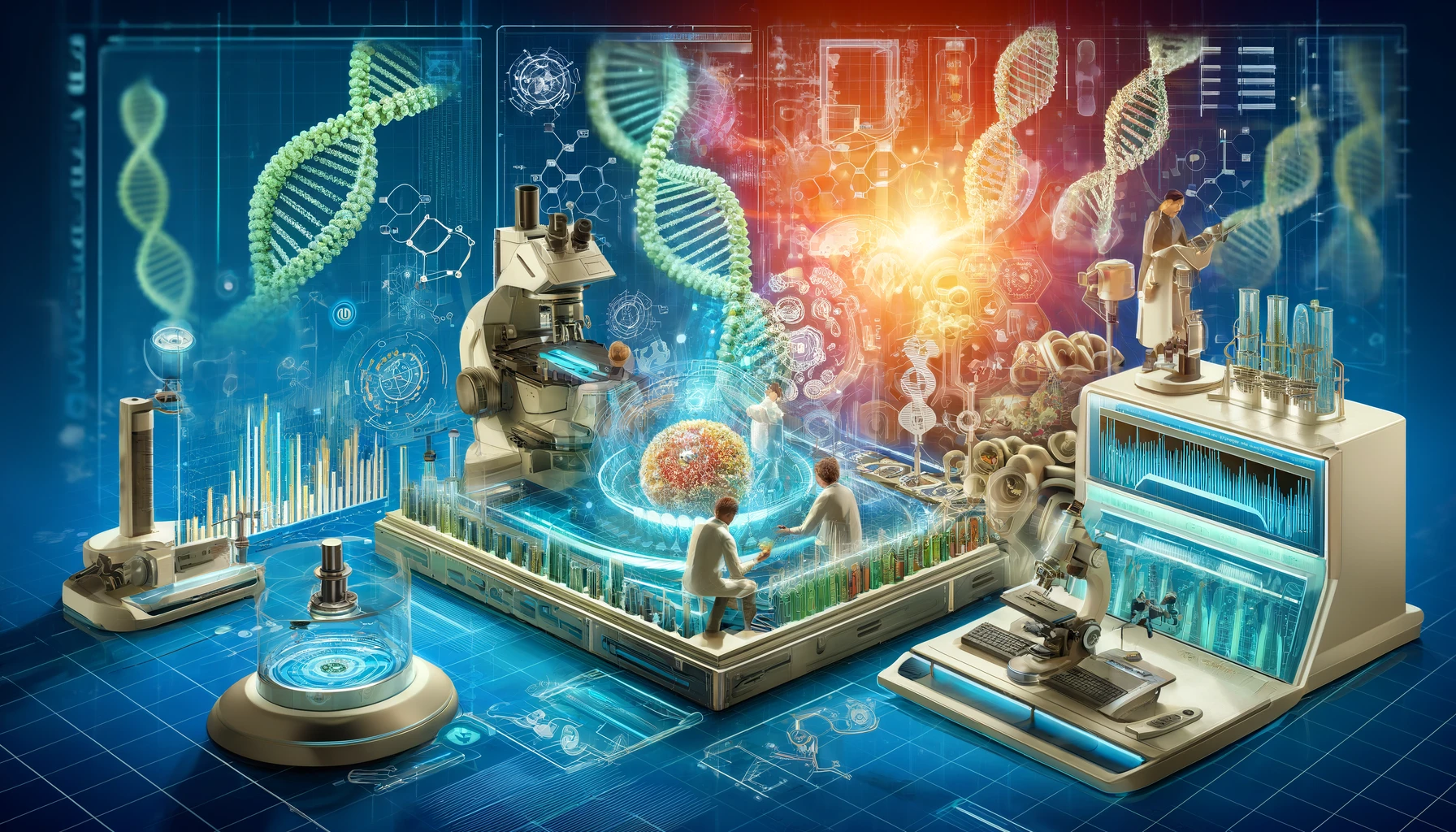What technology is used to see DNA?
Article Source: Springer - Journal of Analytical Science and Technology

Why you should care
DNA is the blueprint of life, and the ability to visualize it revolutionizes medicine, genetics, and biotechnology. From diagnosing diseases to understanding our ancestry, the technology to see DNA opens doors to countless scientific and practical advancements.
Answering the question… What technology is used to see DNA?
Scientists use advanced imaging and sequencing technologies to visualize DNA. Methods like gel electrophoresis, fluorescence microscopy, and electron microscopy provide detailed DNA images. Newer tools like next-generation sequencing (NGS) and atomic force microscopy (AFM) allow scientists to observe DNA with resolution down to a single strand, enhancing understanding of its structure and function.
How was the study done?
The study reviewed key technologies for DNA visualization, combining experimental data with advancements in microscopy and bioinformatics. Researchers analyzed how tools like fluorescence tagging and advanced computational modeling enhance DNA imaging. They also examined the precision of sequencing technologies in detecting genetic variations.
What was discovered?
- Gel Electrophoresis: Visualizes DNA fragments by separating them based on size; accuracy rates exceed 90% for small fragments.
- Fluorescence Microscopy: Uses fluorescent dyes to highlight DNA molecules, offering resolution down to 10 nanometers.
- Next-Generation Sequencing (NGS): Provides a comprehensive map of DNA sequences with an error rate as low as 0.1%, processing millions of bases in hours.
- Atomic Force Microscopy (AFM): Directly observes DNA strands at resolutions of 2 nanometers, revealing intricate structural details.
- Cryo-Electron Microscopy (Cryo-EM): Enables high-resolution 3D imaging of DNA-protein complexes, critical for understanding cellular functions.
Why does it matter?
The ability to visualize DNA has transformed science and medicine. These technologies are crucial for early disease detection, personalized medicine, and genetic engineering. As tools like NGS and AFM evolve, they promise to unravel deeper mysteries of genetics, leading to groundbreaking discoveries in health and biotechnology.
Read more here.
